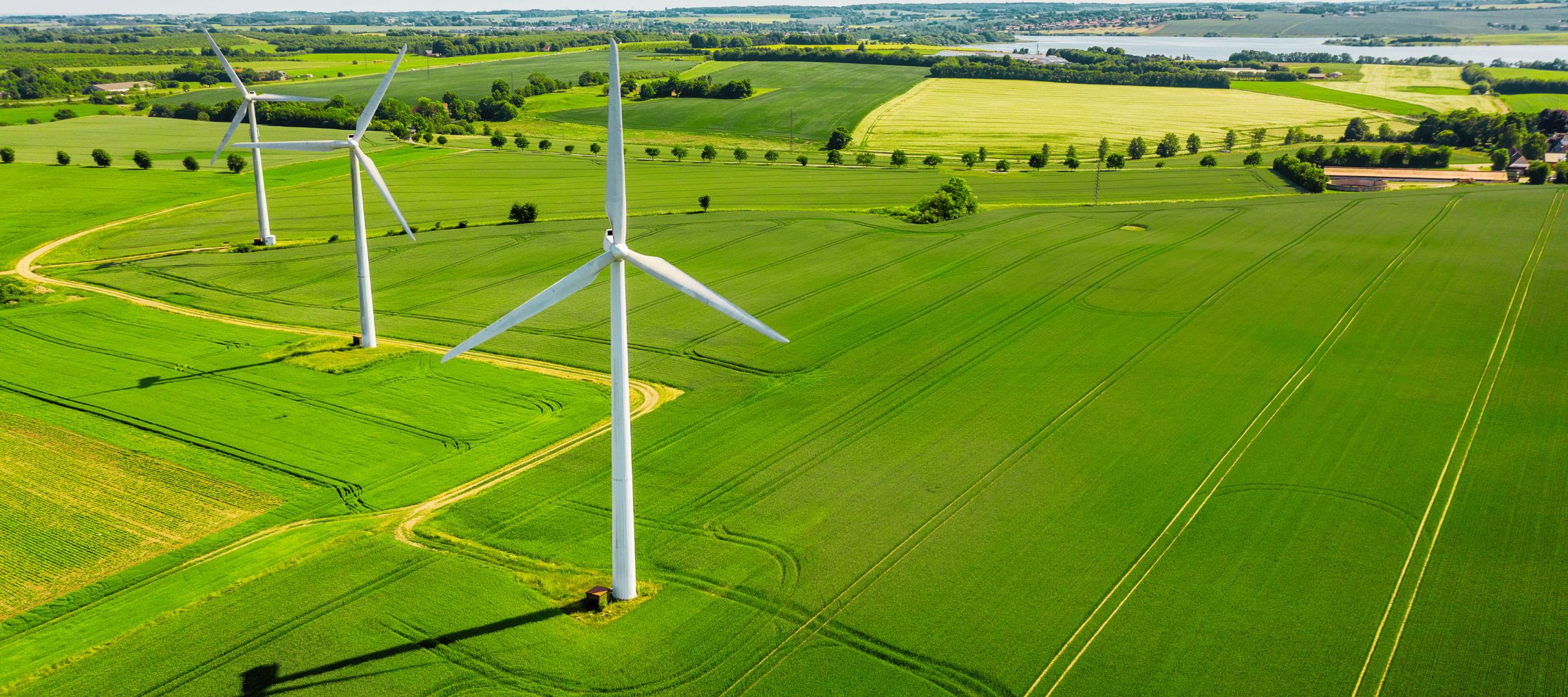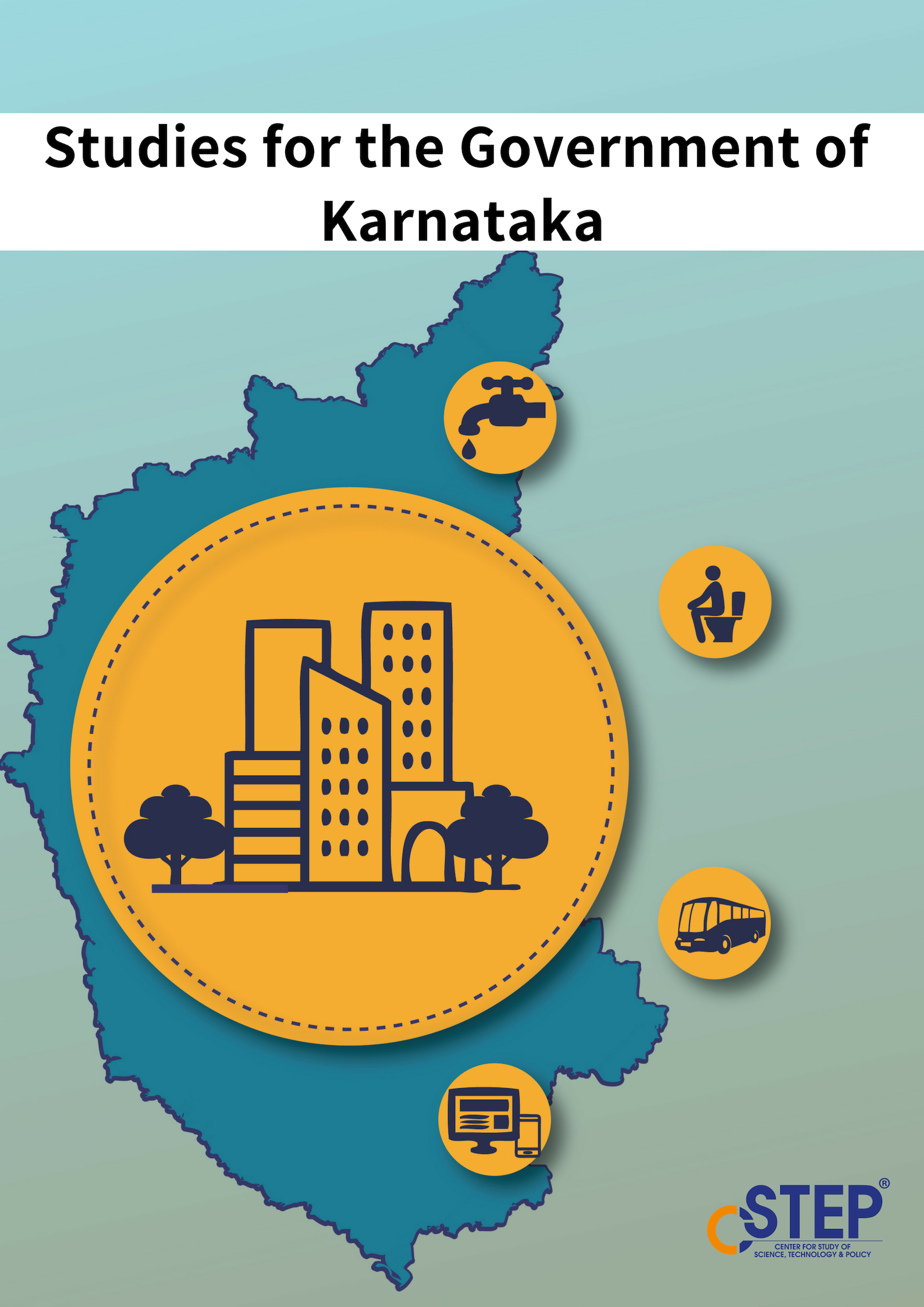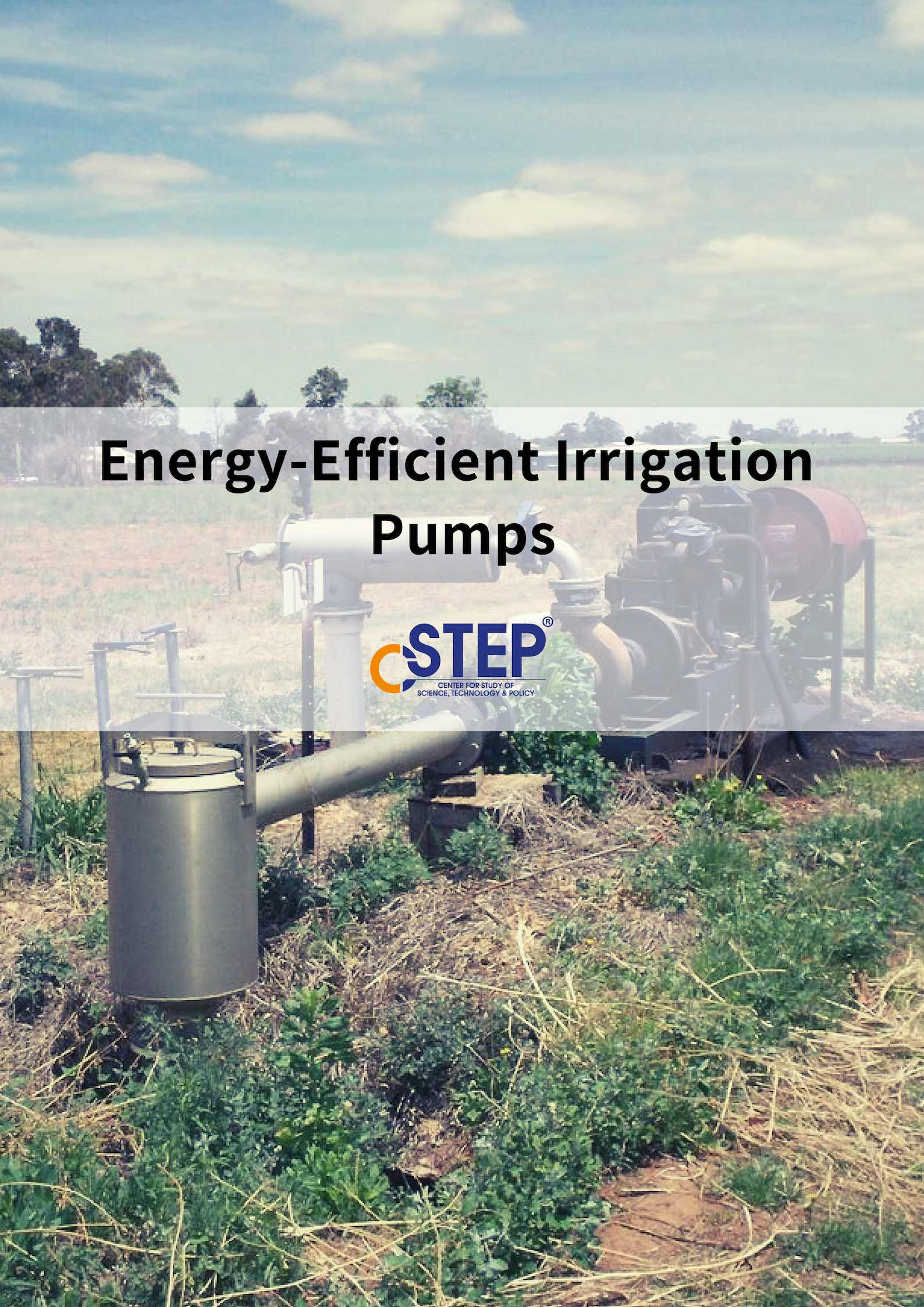Energy is a key factor in combating climate change, one of the biggest challenges the world is facing today. India has committed to cutting emissions to net zero by 2070 and set ambitious targets for adopting renewable energy. Achieving these targets requires careful planning and an overhaul of our current energy system.
Our work aims at enabling policies that encourage the adoption of rooftop solar, facilitate the development of technology for energy storage, strengthen the grid and transmission infrastructure, advance hydrogen technologies, and promote green mobility. CSTEP's research looks at the various aspects of mainstreaming renewable energy for a cleaner, greener energy sector.













Network strengthening: Realising Rajasthan’s renewable energy potential
Rajasthan, India’s largest state by area, holds the highest renewable energy potential in the country, with 284 GW of wind energy potential and 142 GW of solar energy potential. In December 2024, the total installed electricity generation capacity in Rajasthan stood at approximately 43.5 GW, of which renewables constituted 70 per cent (contributing around 30.5 GW). The state also houses one of the largest solar parks in the world at Bhadla.
Harnessing ocean energy in India
As the Ministry of New and Renewable Energy (MNRE) continues to expand India's renewable energy (RE) portfolio, ocean energy offers a sustainable solution to meet India's growing energy demands while reducing carbon emissions. This article outlines the current state of ocean energy technologies, their potential in India, and the current initiatives undertaken by MNRE to further the development of ocean energy in India.
Unlocking the potential of distributed energy resources in advancing India’s green energy transition
India is rapidly expanding its renewable energy (RE) capacity to meet the 500 GW target by 2030 and net-zero target by 2070, showing a remarkable growth of 135% from FY2014–15 to FY2023–24.
Distributed solar: The future of energy resilience in urban India
The urban population in India—the world’s most populous country—is expected to reach 675 million by 2035 as per the World Cities Report 2022 by UN-Habitat. As most commercial and industrial activities occur in urban areas and electricity is a major factor for development, this population increase will fuel a surge in electricity demand, leading to acute pressure on traditional energy grids and frequent blackouts.
Distributed solar financing: Unlocking investments for a greener future
The proliferation of distributed solar energy in India faces significant challenges, primarily due to the high initial investment costs of setting up a solar energy system. Also, the motivation to invest in these solutions is often found lacking, despite government subsidy schemes like the Pradhan Mantri Kisan Urja Suraksha evam Utthaan Mahabhiyaan (PM-KUSUM) and the PM Surya Ghar: Muft Bijli Yojana.
Sodium-ion batteries: A sustainable answer to India’s energy storage challenge
While lithium-ion batteries (LIBs) dominate the current landscape of battery energy storage systems (BESSs), they have significant safety issues, as evident from the increasing number of LIB-related fire incidents in countries across the world, including India. Further, critical minerals used in LIB electrodes are geographically concentrated, leading to supply chain vulnerabilities.
Renewable Energy Sizing for Electric Vehicle Charging: A Case Study of Karnataka, India
India, like many other nations, is going through the transitional phase of electrifying its transport sector. As a member of the EV30@30 campaign led by the International Energy Agency (IEA), India aims to achieve a 30% sales share for electric vehicles (EVs) by 2030. The state of Karnataka is a leader in the nation’s clean energy transition and is currently at the third position in EV sales among all states.
A budget boost for solar power could reshape india’s energy and agricultural landscape
A clean, cheap, and reliable energy source can increase power supply to farmers while alleviating subsidy burdens and reducing greenhouse emissions. These are precisely the goals of the Central Government’s Pradhan Mantri Kisan Urja Suraksha Evam Utthaan Mahabhiyan (PM-KUSUM) scheme launched in 2019 with a budget outlay of INR 34,422 crores. But as the March 2026 end date is rapidly approaching, the scheme has achieved only 5% of its targeted 34.8 GW solar deployment.
Economic and Emissions Analysis of Behind-The-Metre Energy Storage with Rooftop Solar: A Case Study for Indian Residential Consumers
The global carbon dioxide emissions from fossil fuels continue to rise, driven by rising energy use. Rooftop photovoltaic (RTPV) systems are an effective way to reduce emissions and, consequently, the carbon footprint for residential consumers. The use of behind-the-metre (BTM) energy storage with RTPV is a flexible and dependable method for generating electricity as it provides power to the customer even if there is an outage from the utility grid. It also reduces reliance on the utility through savings in the electricity bill and reducing CO2 emissions.
India’s Net-Zero Scenarios: Assessing the Influence of Renewable Energy Expansion on Grid Emission Factors
The future energy mix of India is poised for a transformative shift. However, the transformation is dependent on electricity demand growth, solar and wind capacity expansion, and phasing out of coal assets. This paper discusses three scenarios—BAU, pessimistic, and optimistic—for 2047 and 2070, considering technological changes in the renewable energy (RE) sector. The methodology involves computing installed capacity and energy mix using growth/decay rates and capacity utilisation/plant load factors, respectively, for different energy sources.
